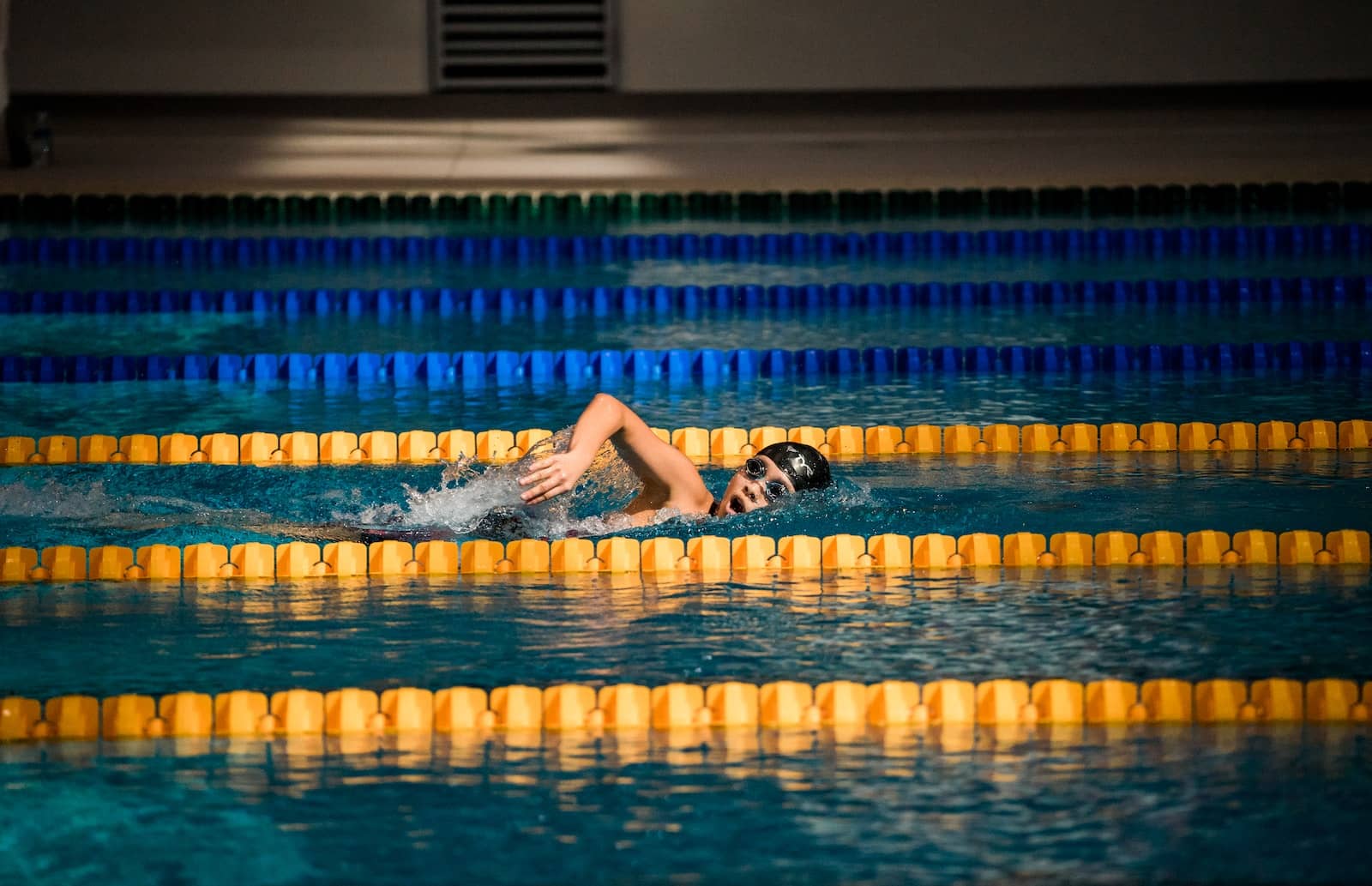Swim Faster: The Swim Speed Equation

To swim faster or gain speed in the water is not rocket science. Your speed is the product of two simple factors that can be improved, either with better technique, less drag, and increased strength and endurance.

Stroke Length
Your stroke length is defined as the number of meters covered with each stroke. Reducing the number of strokes needed to cross the pool is a common drill to improve this factor. Some external variables can affect this number, including underwater streamline and kick propulsion. Get the most out of descending stroke count by keeping the variables constant and finding other ways to improve length:
– Improve horizontal body position along the surface of the water.
– Increase forward travel by reaching forward and finishing past the hip with each stroke.
– Create a powerful underwater pull with a high elbow and straight wrist.
Stroke Rate
You can work out your stroke rate (or cadence) as the number of single strokes taken in 60 seconds. It can be calculated by a person on deck with a stopwatch. The simplest method is to count how many strokes are taken in 15 seconds and multiply that number by four. Tools like the Finis Tempo Trainer or the Wetronome can simplify training with stroke rate. Try these three methods.
– Set the tempo at your current stroke rate and try to take fewer strokes per lap.
– Set the tempo at a higher rate and try to maintain your current stroke count per lap.
– Record your time for a 100 at various stroke rates. Observe what tempo produced the fastest 100.
Swim Golf is another way to find the stroke rate and length that’s most efficient for you. The set combines the number of strokes and the number of seconds used to swim a 50. For example, a swimmer who takes 35 strokes and swims 45 seconds has a Swim Golf score of 80. Complete 4–6 x 50 and try to lower your score each time.
The major issue is that when people try to go faster, they try and turn their arms over quicker – this doesn’t necessarily end up in quicker times! Taking the time to engage with the water at the front (catch) and squeezing back harder through the forearms, hands and lats will have more of an effect, rather than slicing your hands through the water.
Take your time with learning this – as with any skill. The point is that the linked drills are there to make you smoother, stronger, more efficient. Make sure you hit all those target points! Have a go at the swim golf; maybe rather than thinking about trying to swim faster aim to swim harder.
If you have any questions or comments, please feel free to get in touch; either by email, facebook or leave a comment on here!
See what’s up next week for our #SwimTechTues tip!
